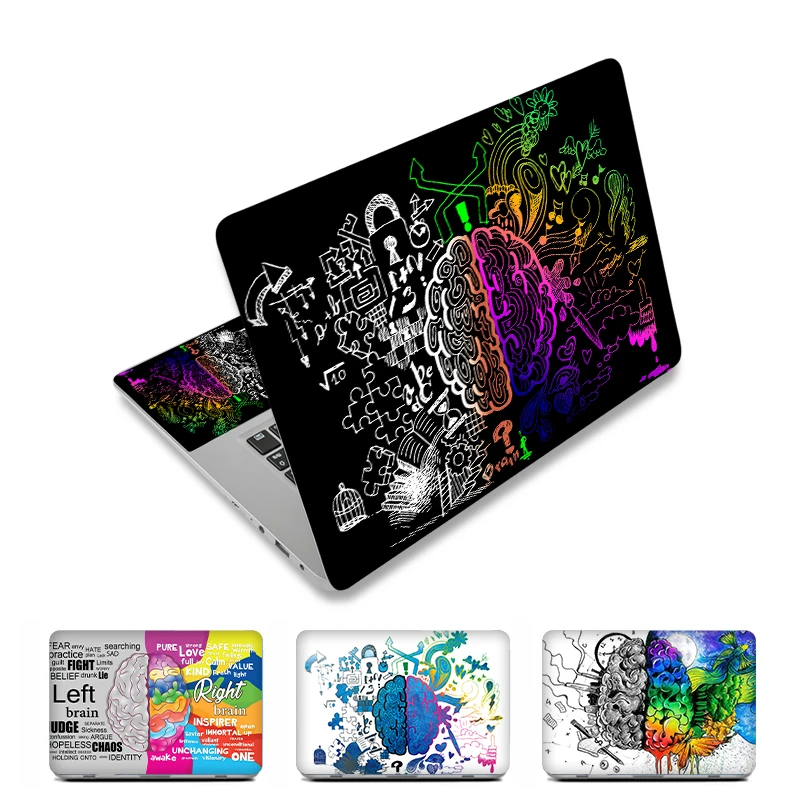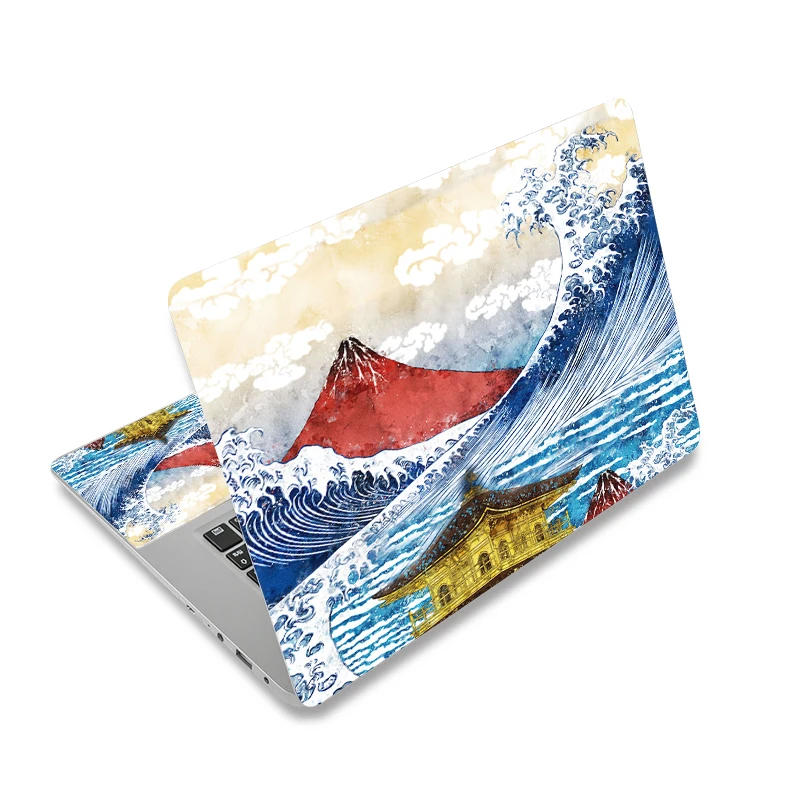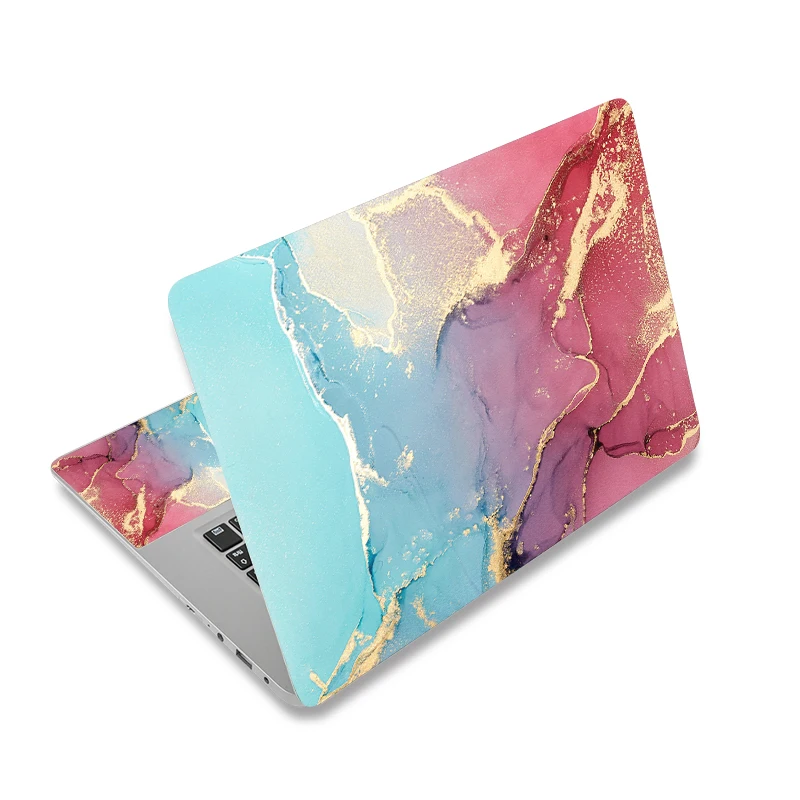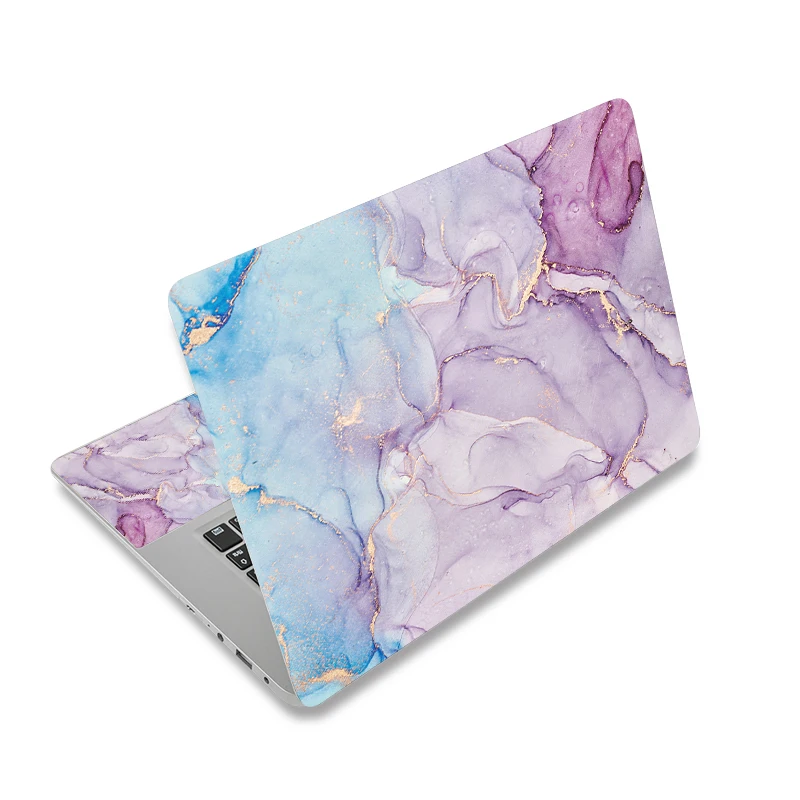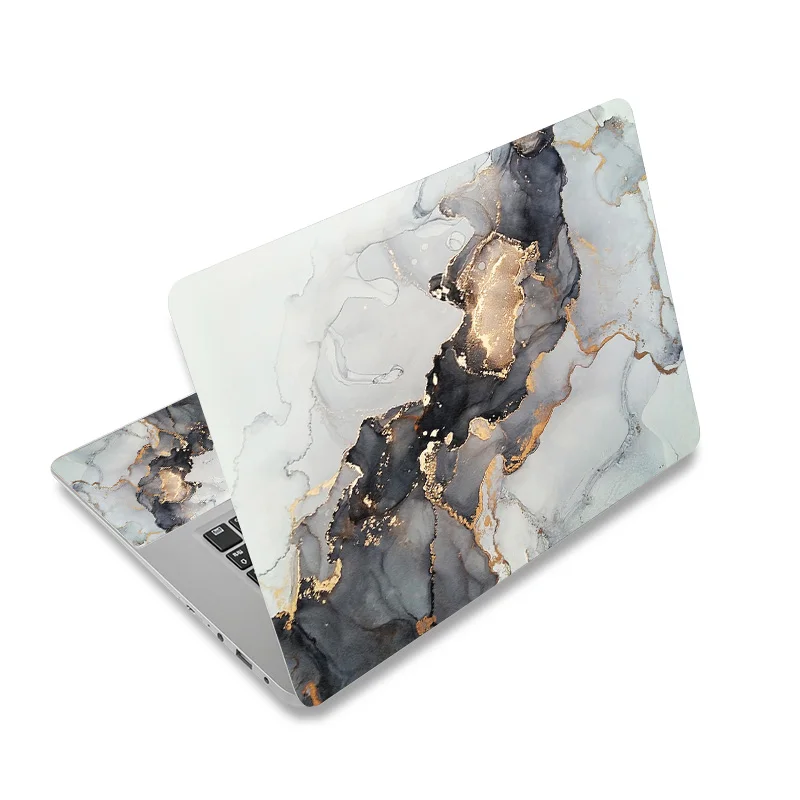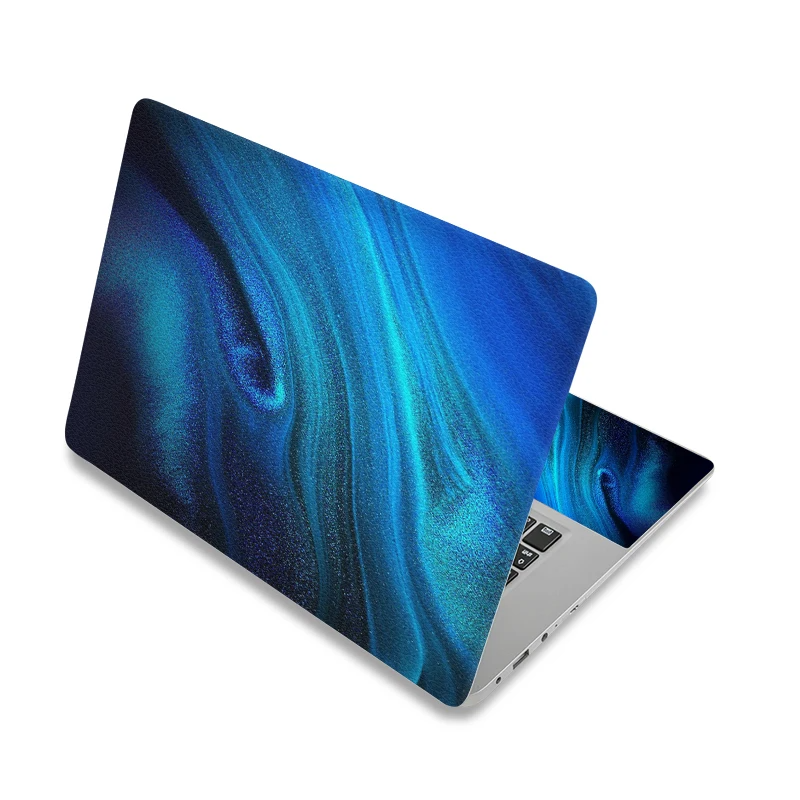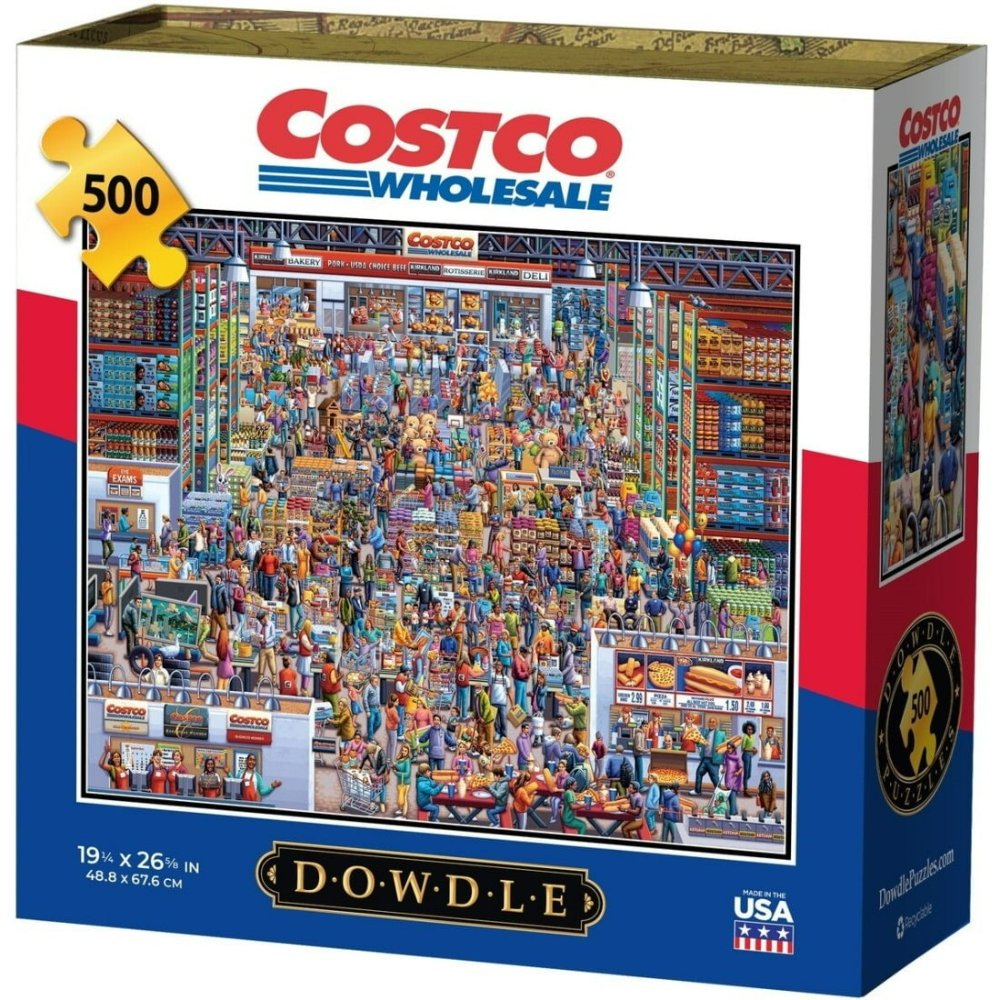In today’s digital age, personal computers are more than just tools for work and communication. They have also become a reflection of individual style and personality. One popular method of personalizing and expressing creativity through technology is the use of PC stickers. These small, adhesive decorations can transform the appearance of a laptop or desktop, making it unique and visually appealing. This article dives into the history, variety, application, and cultural significance of PC stickers, providing a comprehensive understanding of their role in personal computing.
The Origins and Evolution of PC Stickers
PC stickers have their roots in the broader history of stickers used for personal expression. The use of stickers dates back to the early 20th century, but it wasn’t until the latter half of the century that they began to take off as a form of personal expression for technological devices.
Early Beginnings
In the 1970s and 1980s, the home computer revolution started taking shape. Back then, affixing stickers to computer cases and peripherals was a novel idea. Early adopters, often hobbyists and enthusiasts, would decorate their computers with brand logos, humorous phrases, and pop culture references.
As personal computing became more mainstream in the 1990s, the trend of personalizing devices with stickers grew. The portability of laptops made them particularly well-suited for this form of decoration. People began to see their computers as an extension of their identity, much like clothing or other personal accessories.
The Rise of Custom Designs
Advancements in printing technology and the rise of the internet in the late 1990s and early 2000s contributed significantly to the popularity of PC stickers. Online marketplaces and custom printing services emerged, offering a wide array of designs. Users could now choose from thousands of pre-made designs or even create their own custom stickers.
This period also saw the introduction of vinyl and laminated stickers, which provided better durability and water resistance. These materials made it easier to maintain the appearance of the stickers over time, even with frequent handling of the device.
The Variety and Types of PC Stickers
The market for PC stickers is vast, offering a wide range of options to suit individual tastes and preferences. From artistic designs to functional stickers, there is something for everyone.
Artistic and Decorative Stickers
One of the most popular categories of PC stickers is artistic and decorative designs. These range from simple geometric patterns to elaborate illustrations and artwork. Artists and designers often create custom sticker sets, allowing users to decorate their devices with unique and visually pleasing themes.
Popular motifs include nature scenes, abstract art, pop culture icons, and minimalist designs. These stickers provide a canvas for personal expression, allowing users to showcase their tastes and interests.
Branded and Promotional Stickers
Branded stickers are another prevalent category. Companies and organizations often distribute stickers as promotional items. Tech companies, in particular, use these to build brand loyalty and engagement. For example, free stickers are common giveaways at tech conferences and events. Attendees can then display their affiliation or support for a brand by sticking these on their devices.
Open-source projects and software communities also use stickers to promote their initiatives. It’s not uncommon to see computers adorned with stickers representing different open-source operating systems, development tools, or programming languages, fostering a sense of belonging within the tech community.
Functional Stickers
In addition to decorative and branded stickers, functional stickers serve practical purposes. These include keyboard shortcut guides, QR codes, or labels for specific keys and ports. For example, photo editors and gamers might use stickers that indicate command shortcuts, improving workflow efficiency.
Another functional use is security-related. Stickers covering webcam lenses have become popular for privacy-conscious users. These small stickers can be easily removed and reapplied, providing a simple layer of protection against potential spying.
How to Apply and Maintain PC Stickers
Applying and maintaining PC stickers requires some consideration to ensure longevity and aesthetic appeal. The process is relatively straightforward but benefits from a few tips and best practices.
Applying PC Stickers
- Clean the Surface: Before applying any stickers, thoroughly clean the surface of the device. Remove any dust, oil, or debris using a soft cloth and gentle cleaner. This ensures better adhesion and a smooth finish.
- Plan the Layout: Decide on the placement of your stickers before sticking them down. This helps avoid overlapping or crowded designs. Arrange them in different configurations to see what looks best before committing.
- Apply Slowly and Smoothly: Peel the backing off the sticker gradually, starting from one edge. Press the sticker onto the surface slowly, smoothing out any air bubbles as you go. Use a flat, smooth object like a credit card to ensure the sticker adheres evenly.
-
Check Adherence: After application, press down on the edges and any raised areas to ensure the sticker is firmly attached. This helps prevent peeling and maintains the appearance over time.
Maintaining PC Stickers
- Avoid Excessive Heat: Excessive heat can cause stickers to warp or peel. Avoid leaving your computer in hot environments, such as in direct sunlight or inside a hot car.
- Clean Gently: When cleaning your device, use a damp cloth and avoid abrasive cleaners that might damage the stickers. Gently wipe around the stickers to keep them looking fresh.
- Repair Peeling Edges: If any edges start to peel, use a small amount of adhesive, like a glue stick, to reattach them. Press the edges down firmly and let them dry.
- Replace When Necessary: Over time, even the best-maintained stickers might wear out. Don’t hesitate to replace old stickers with new ones to keep your device looking its best. Removing stickers is easy with a bit of rubbing alcohol or a specialized adhesive remover.
Cultural Impact and Significance of PC Stickers
PC stickers are more than just decorations; they reflect broader cultural trends and personal identities. Their significance extends into various aspects of modern life, making them a fascinating subject of study.
Expression of Identity and Belonging
In an increasingly digital world, personal computers are ubiquitous, and people spend a significant amount of time on their devices. PC stickers offer a simple yet powerful way for individuals to imprint their personality on their everyday tools. The designs people choose reveal much about their interests, beliefs, and affiliations.
For example, a laptop covered in stickers of band logos suggests a music enthusiast, while one adorned with travel-themed stickers indicates a passion for exploration. These visual cues allow users to express their identities and connect with others who share similar interests.
Influence on Pop Culture
The designs and themes of PC stickers often reflect current trends in pop culture. Stickers featuring popular memes, TV shows, and internet culture icons can be seen on laptops everywhere. This trend not only showcases the user’s awareness of contemporary culture but also contributes to the dissemination of these cultural elements.
Artists and designers frequently tap into this phenomenon, creating sticker designs that resonate with current cultural moments. This synergy between PC stickers and pop culture perpetuates a dynamic interplay, where each influences and shapes the other.
Role in Creative Communities
PC stickers play a significant role within creative communities. Artists, illustrators, and designers often create and sell their own stickers, using platforms like Etsy or Redbubble. These stickers serve as both a creative outlet and a source of income.
This entrepreneurial spirit fosters a vibrant and supportive ecosystem. Artists market their creations, while fans collect and share these unique designs. This symbiotic relationship enhances the sense of community and provides a venue for emerging artists to gain visibility and appreciation.
Environmental and Ethical Considerations
As with any product, the production and use of PC stickers come with environmental and ethical considerations. Stickers typically use materials like vinyl and adhesives, which may have environmental impacts. Conscious consumers and creators are increasingly looking for sustainable alternatives.
Sustainable Materials
Some companies are now producing eco-friendly stickers made from biodegradable or recycled materials. These stickers use sustainable adhesives and printing processes that minimize environmental harm. By choosing these options, consumers can enjoy personalizing their devices while reducing their ecological footprint.
Supporting Independent Artists
Purchasing stickers from independent artists and small businesses often means supporting ethical practices. Many independent creators prioritize quality, sustainability, and fair labor practices in their products. Supporting these businesses helps promote an ethical economy within the sticker community.
The Future of PC Stickers
As technology evolves and cultural trends shift, the world of PC stickers will likely continue to grow and innovate. The future holds exciting possibilities for how these small but impactful designs will continue to shape personal computing.
Technological Innovations
Advancements in printing technology will further enhance the quality and variety of PC stickers. This could include augmented reality (AR) capabilities, where stickers interact with digital devices to produce dynamic visual effects. Imagine a sticker that triggers a unique animation when viewed through an AR app, adding a new dimension to personalization.
Expanded Customization Options
The trend of customization will likely expand, offering even more personalized options for consumers. Improved design tools and services will allow individuals to create highly customized stickers tailored to their exact preferences. This democratization of design will empower users to express their individuality in increasingly unique ways.
Integration with Other Smart Devices
As the Internet of Things (IoT) continues to grow, PC stickers could integrate with other smart devices. Smart stickers that interact with different devices around them could offer new functionalities. For example, a sticker on a laptop might communicate with a home assistant to trigger specific commands or settings.
Sustainability and Ethical Production
The future will likely see a more significant emphasis on sustainability and ethical production. As consumers become more environmentally conscious, the demand for eco-friendly stickers will rise. Companies will need to adapt by offering products that align with these values. This shift will ensure that PC stickers remain a popular and responsible choice for personalizing devices.
Conclusion: The Enduring Appeal of PC Stickers
PC stickers encapsulate a unique blend of artistry, personal expression, and cultural significance. These small yet impactful decorations transform mundane devices into personalized canvases, reflecting the individuality of their owners. From their early beginnings to their current popularity, PC stickers have evolved into a versatile and vibrant element of the digital age.
Whether used for artistic, functional, or promotional purposes, PC stickers offer endless possibilities for customization. They foster a sense of community, influence pop culture, and provide a platform for emerging artists. As technology and cultural trends continue to evolve, the world of PC stickers will undoubtedly grow and innovate, maintaining their enduring appeal.
In essence, PC stickers(Japanese:パソコン ステッカー) are more than just adhesive decorations; they are a statement of identity, a connection to the broader world, and a testament to the creativity and innovation that define the modern digital landscape.
